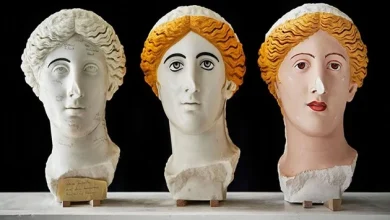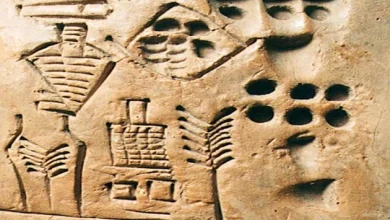What beads were worn by the pharaohs of ancient Egypt, and what they were intended for
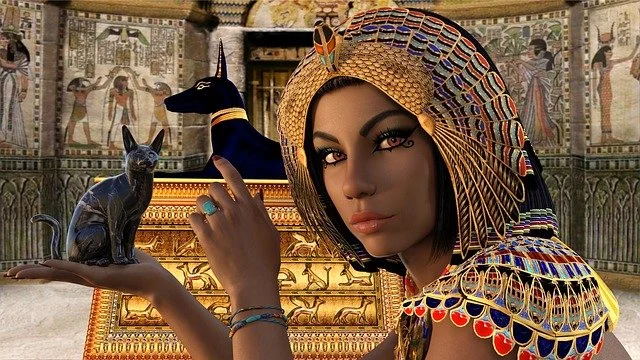
The history of Ancient Egypt is shrouded in mystery and mysticism. Until now, their achievements and culture amaze scientists of the modern world. Most surprising are the unusual decorations that have been found in numerous excavations and tombs.
Ancient Egyptian jewellery art attracts with its brightness, massiveness and luxury. In them, the ancient masters laid beauty and symbols that protected from misfortune and disease, prolonged life.
What jewellery was popular in ancient Egypt
In those days, jewellery was very popular with the Egyptian people. In this case, age, gender and even social status did not matter. Incredibly there were a lot of them among the representatives of the highest authorities – the pharaohs. These products were not worn for the sake of beauty. They had a sacred meaning and protection from spirits that could harm a person, attracting diseases and sorrows into their lives.
Neck necklaces were trendy in those days. Both men and women wore them. This decoration was made only of gold; stones were placed to enhance the effect. As a rule, these were pendants of various shapes or plates. A typical representative of the necklace was Usekh. It resembled the sun in shape and was worn like a kind of collar. Pharaohs often wore weighty Usekhs or awarded them to distinguished subjects.
Bracelets were as popular as necklaces. Traditionally, they were worn on the wrists and legs and were also worn on the forearms. The Eye of Horus on the bracelet was considered a talisman, protecting the owner from the attacks of evil spirits and troubles in life. Women could wear anklets with bells that made a sound when they walked.
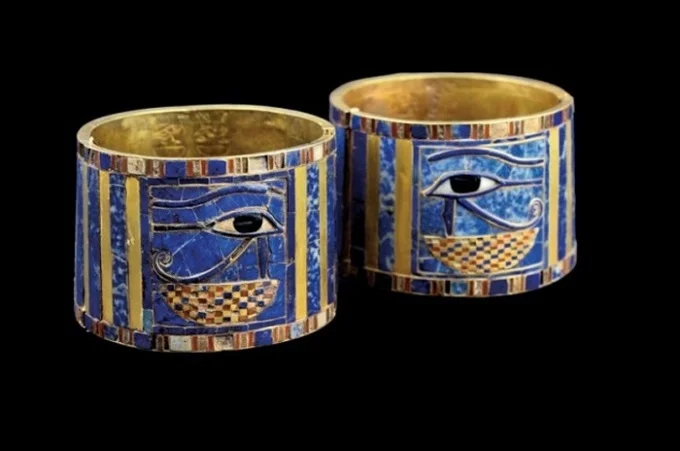
Interestingly, in ancient Egypt, wedding rings were invented and weaved in the form of a circle identical to the Moon and the Sun. They were made from sedge growing on the banks of the Nile and exchanged with each other, putting them on the ring finger. The men of authority wore signet rings with symbols.
The pectoral, worn around the neck, but covered the shoulders and chest, had a special meaning. It is the protector of the heart. The Egyptians believed the soul was there. Therefore, it must be specially protected.
Combs and all kinds of hair ornaments, gold belts richly decorated with stones were also popular. Earrings that were often bulky and heavy. It even deforms the earlobe but was not considered a deformity.
It was customary for the pharaohs to wear the Urey (Kobra) Diadem with a graceful snake in the middle. Of particular importance was jewellery that was put into the tomb during burial. For example, a locket or a ring with a scarab beetle, as a symbol of resurrection in subsequent lives.
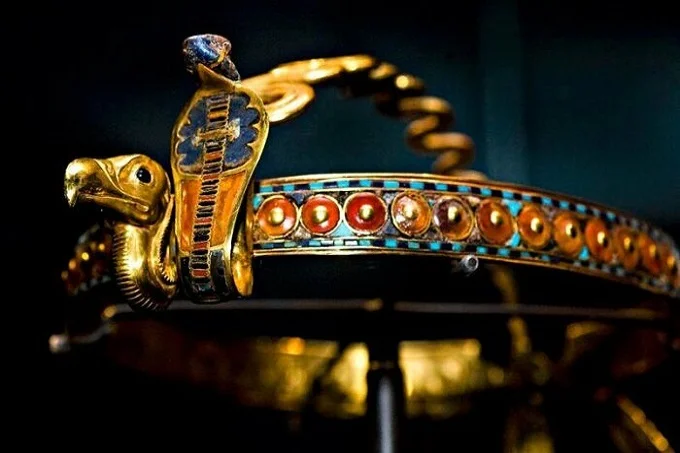
What did the craftsmen of Ancient Egypt use to make jewellery?
Almost all ancient Egyptian jewellery was made of gold. It was the main material, and thanks to several large deposits on the territory of the state, there were many reserves. However, this material was not as prized as, for example, iron or silver. Unique products were obtained from electrum, which resembled platinum. It was a special combination of an alloy of gold and silver. His secret remained forever lost.
All kinds of stones were often used in jewellery: garnet and amethyst, carnelian and lapis lazuli, turquoise, opal, gambling crystal. They were used to make jewellery for the pharaohs and supreme subjects. And poor people made jewellery for themselves from beads and coloured glass.
All jewellery in Ancient Egypt came with a rich palette of colours and a variety of materials used. This effect was achieved with the use of enamel and smalt jewellery techniques. Coloured opaque glass, ancient craftsmen used for mosaic images in the form of cubes or plates.

There were also popular special pastes of different shades, which were used to cover jewellery materials. Blue, green and white is considered the main colours in Egyptian jewellery.
Symbols on the jewellery of Ancient Egypt and their significance
Most of the jewellery was of religious symbolism. However, some products were used simply as original and expensive jewellery or a convenient seal for high-ranking officials. Ancient Egyptian jewellery often featured divine images, hieroglyphs, animals, or magical symbols. All these symbols were the worship of the highest deities and as protection from the world of evil spirits.
The Egyptians could emphasize their high position with the material from which the decoration was made. For example, the presence of precious stones, gold. Each stone had its meaning. For example, pomegranate is power, and turquoise is joy.
Symbols were often applied to jewellery that had strong protection and was worn like amulets. For example, a cross with a ring at the top is an ankh, symbolizing eternal life. And the elliptical eye is Udjat as a symbol of protection.
The lotus flower or its elements were also present in jewellery as a symbol of rebirth. The combination of colours in the product also mattered, strengthening or weakening the defence against failure and disease. The blue tint was more worn by the pharaohs or their close entourage. And green symbolized life.
Could ancient Egyptian jewellery be of extraterrestrial origin?
Ancient Egypt is a highly developed civilization, which is still the subject of controversy among scientists worldwide. This fact is confirmed by the mass of evidence in all directions of their existence. This is the construction and the mysterious location of the pyramids, the image of the alien race on coins, wall paintings and papyri. Even some of the jewellery of those times pushed to the assumption that they are of extraterrestrial origin.
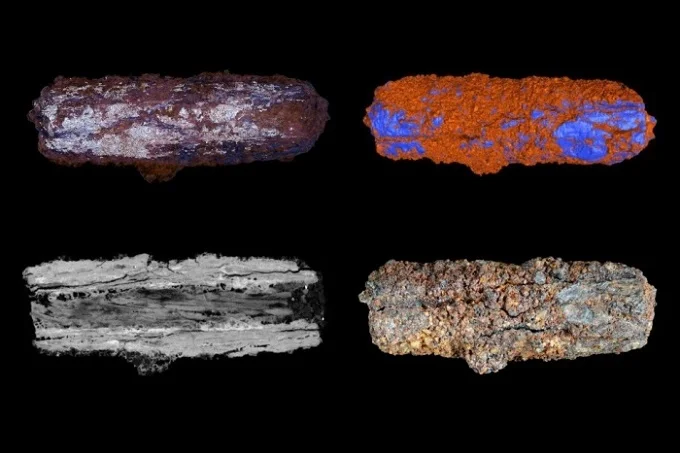
We are talking about mysterious metal beads that archaeologists found at the site of the ancient Egyptian settlement of Al-Gerzeh. It turned out that this product was made from a meteorite. Metal beads contained up to 30% pure nickel. This can only be found in meteorites, not on Earth. In addition, a special structure with a rare crystal pattern was confirmed. This is possible only when the cosmic body cools down.
After conducting a number of studies, scientists have established that their age is about 5 thousand years, referring to the early period of Egyptian culture. A group of British scientists published their research for everyone to see in the journal Meteoritics and Planetary Science.
Ancient Egyptian jewellery is shrouded in beauty and magical properties. In the modern world, the Egyptian style has recently become very popular. True, artisans no longer make massive and too expensive items. Elements of the Egyptian style are often used. They can be worn as charms, used for a photoshoot, everyday wear or holiday events.



